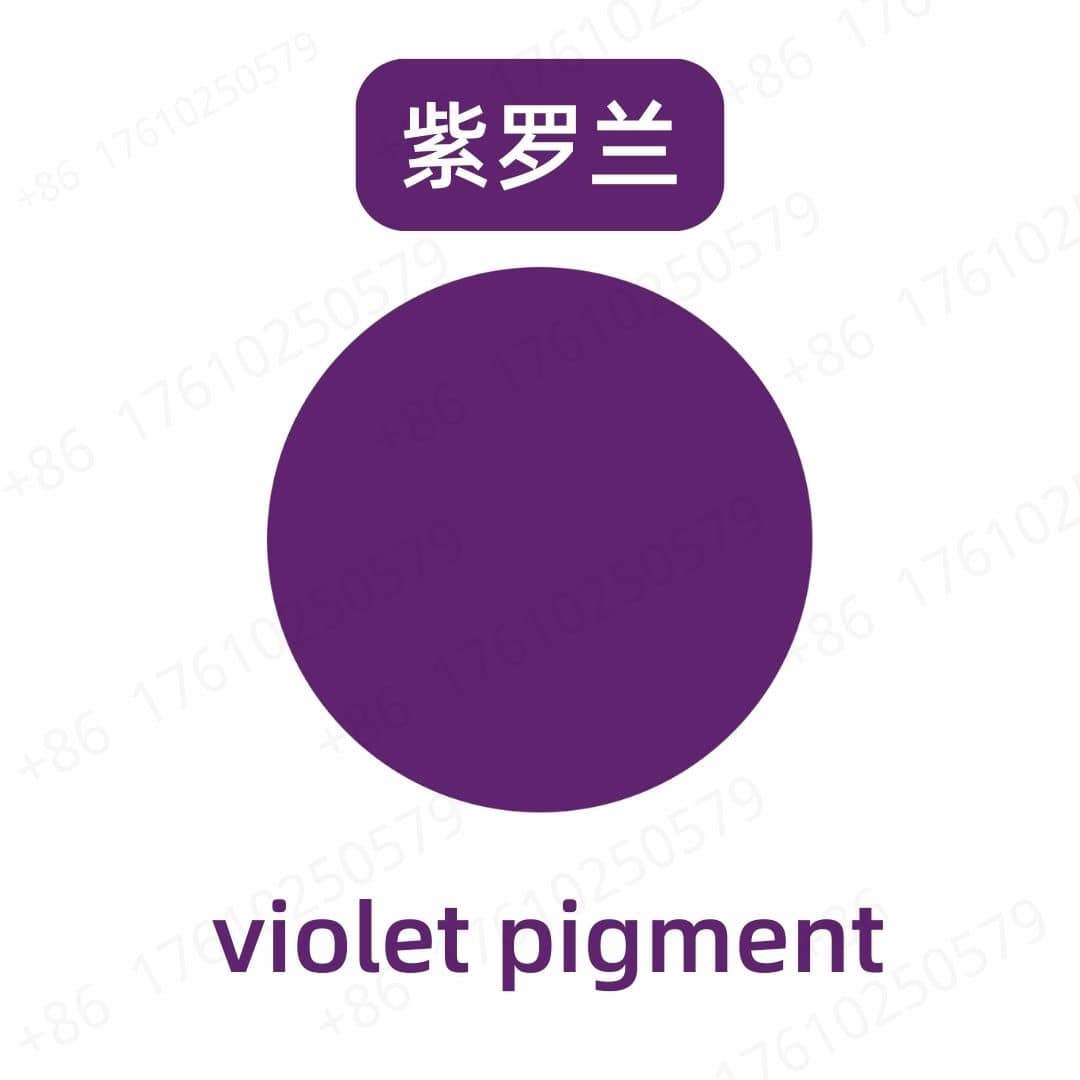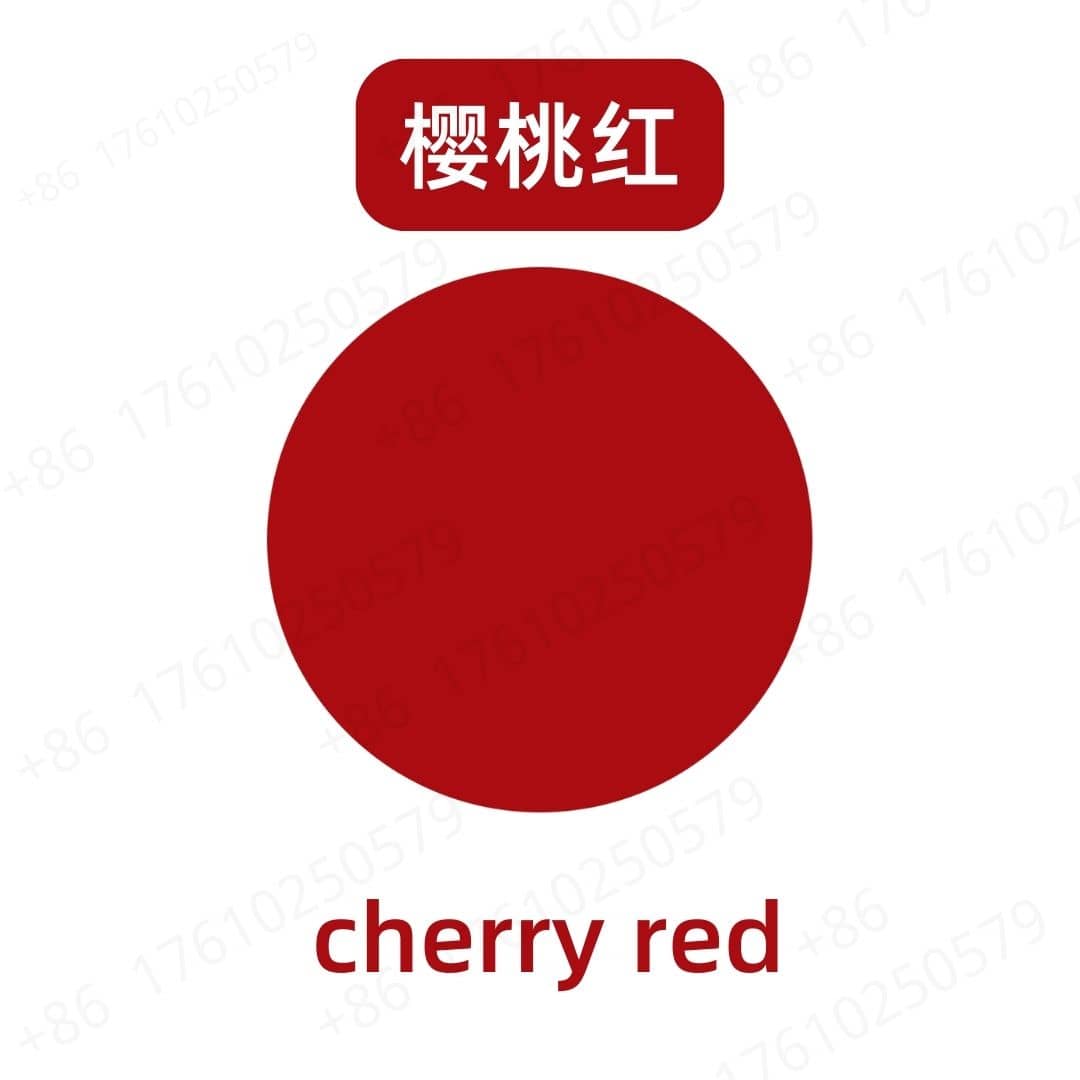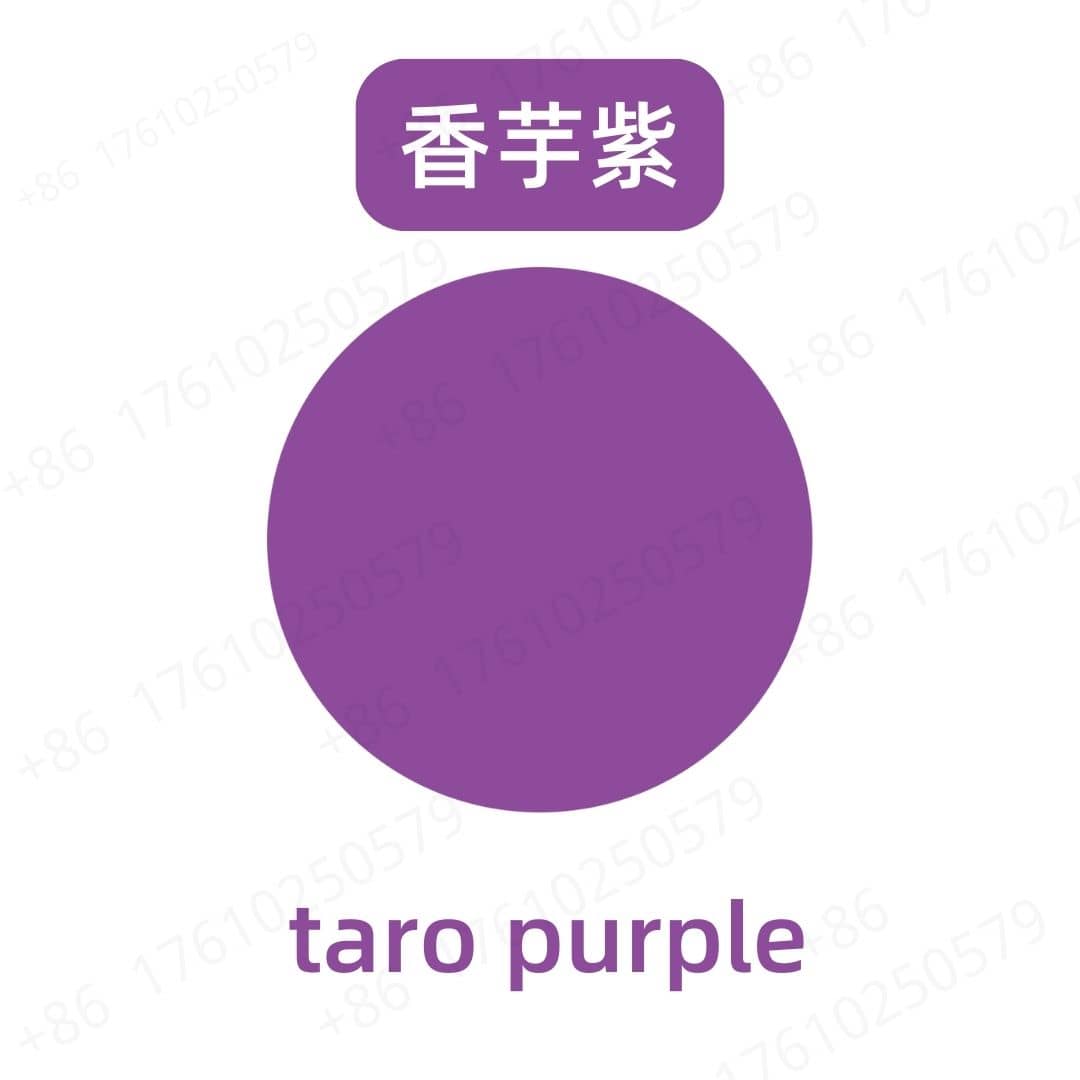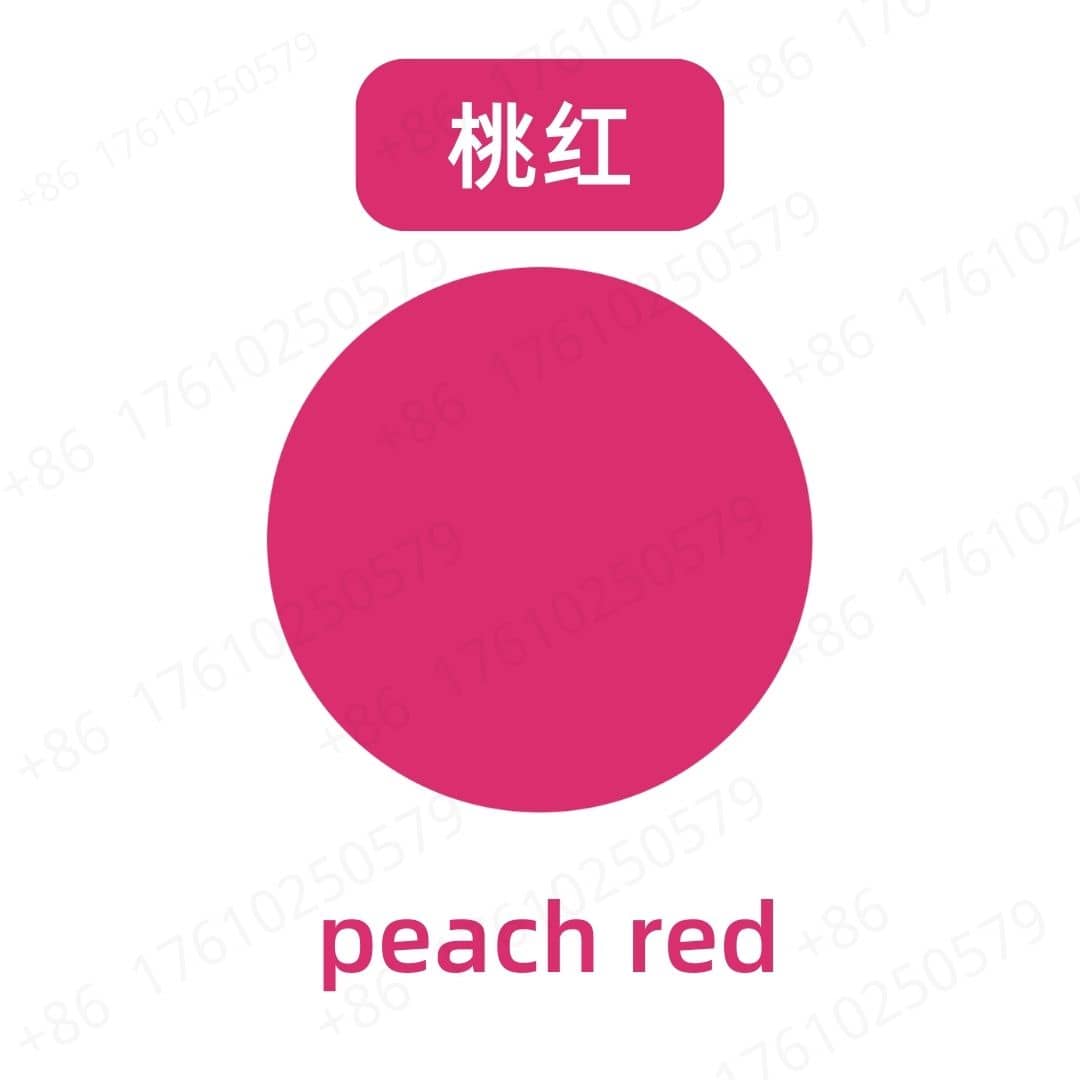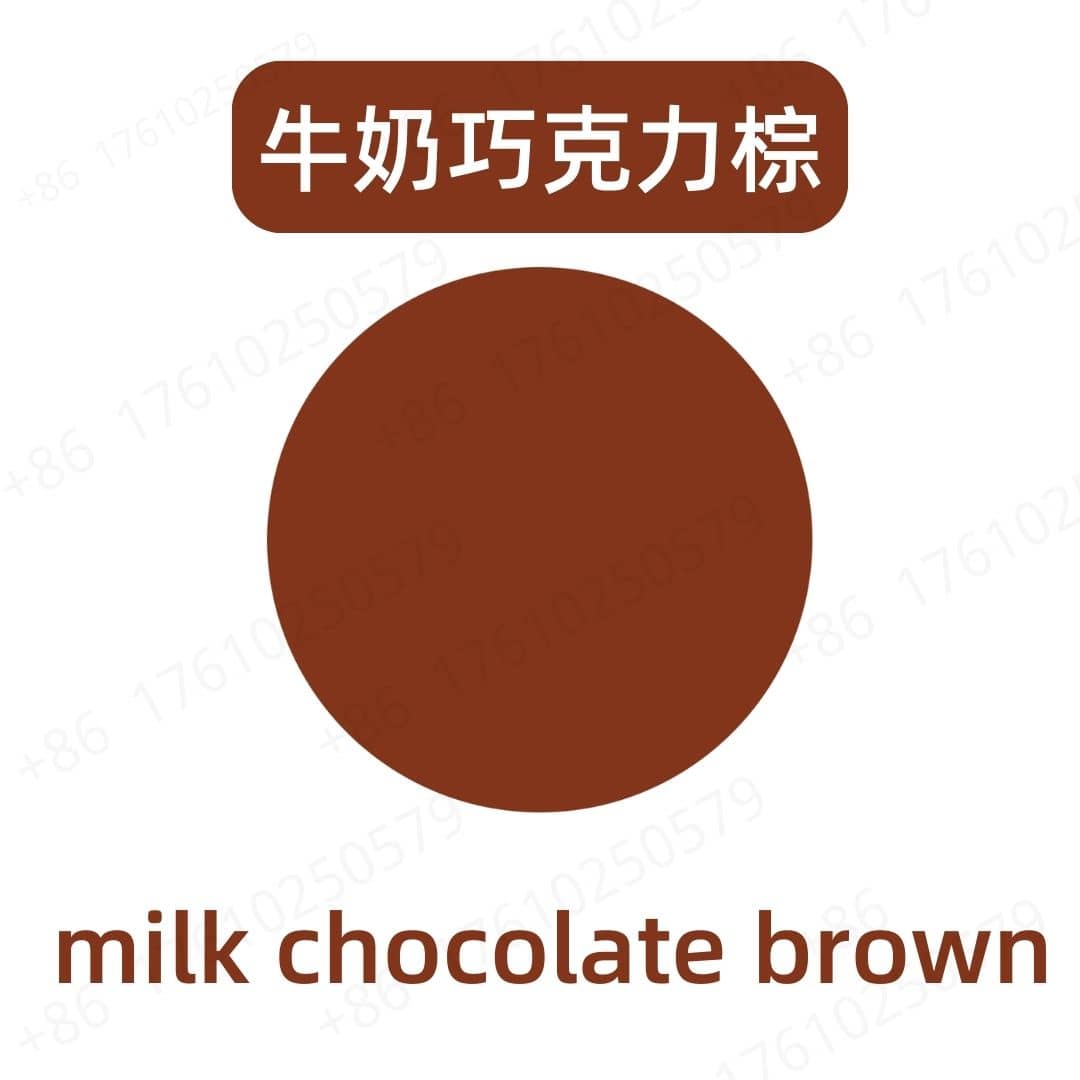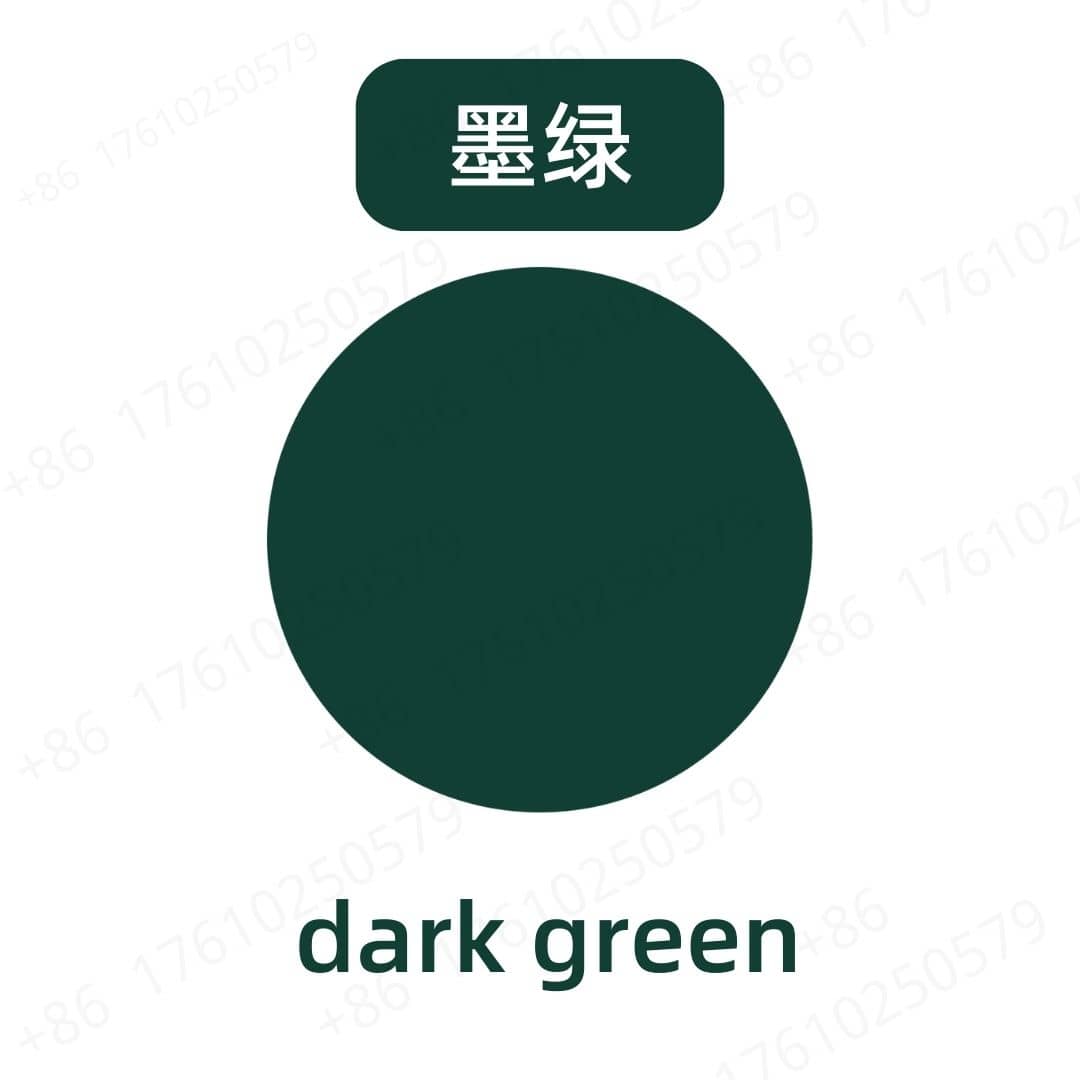Product Introduction
Orange red pigment is a synthetic colorant known for its vibrant hue and stability. It is widely used in food, cosmetics, and pharmaceutical products, making it a versatile additive across various industries. The pigment is popular for its ability to provide a visually appealing appearance while adhering to safety regulations. Its use is regulated in many countries, ensuring that it meets safety standards for human consumption and application. The colorant is celebrated for its excellent solubility and dispersibility, allowing it to blend easily with different formulations.
Production Process
The production of orange red pigment involves several steps. It begins with the synthesis of organic compounds, which undergo chemical reactions to produce the desired pigment. After the initial synthesis, the pigment is purified to remove any impurities and ensure product quality. This involves filtration and washing processes, followed by drying to yield a fine powder. The final product is then milled to achieve the desired mesh size, ensuring that it meets industry specifications for applications. Quality control measures are implemented throughout production to maintain consistency and adherence to regulatory standards.
Application Scenarios
Orange red pigment finds application in multiple areas. In the food industry, it is commonly used in beverages, confectionery, dairy products, and sauces to enhance visual appeal. The cosmetics industry also utilizes this pigment in lipsticks, blushes, and other color cosmetics, offering a bright and attractive coloration. In pharmaceuticals, it is used to color tablets and capsules, improving product acceptance among consumers. Additionally, it is employed in industrial applications, such as packaging and textiles, demonstrating its versatility and functionality.
Packaging and Storage
Storage Conditions: Store in a sealed, light-proof container, away from high temperatures, in a dry, cool, and well-ventilated place.
Packaging: Bulk: 25kg/fiber drum; Sample: 1kg/aluminum foil bag; Custom packaging available upon request.
Shipping Methods: FedEx, DHL, dedicated logistics, and sea freight consolidation.
Shelf Life: Two years.
Monica Sun possesses extensive technical expertise and market insights in the food additives industry. She excels in designing efficient and safe additive formulations tailored to various food applications, ranging from sweeteners to functional dietary fibers. Monica has successfully assisted food manufacturers in optimizing ingredient combinations to enhance product quality and improve consumer satisfaction.









